Build Tiny Earthen Buildings
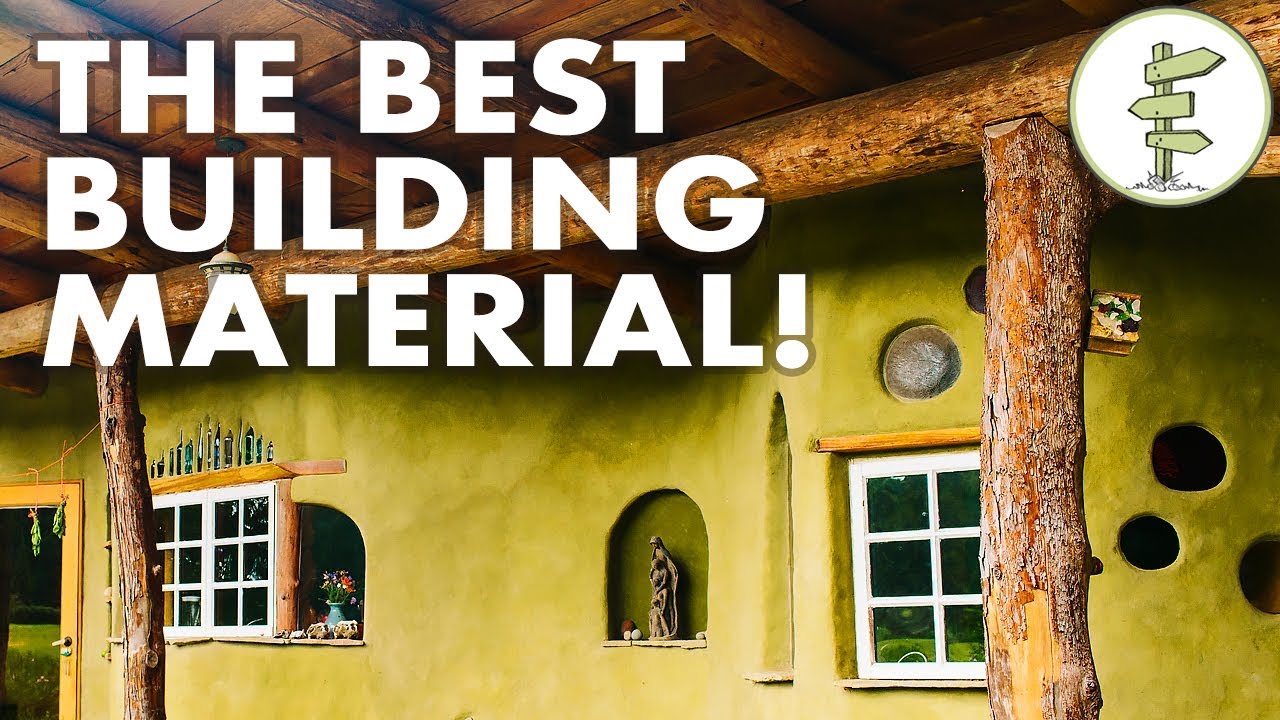
While I tend to focus on tiny houses on wheels, if you don’t need mobility and want 100% natural building materials, consider tiny earthen buildings. In the video below the folks at Exploring Alternatives visit with Bryce from Dreamweavers Collective to learn about cob.
Cob is just one of the earthen building options. It’s essentially a earthen mixture that is formed by hand into walls. In many cases the dirt on the land the house is being built upon is used to form the home’s walls. Sometimes, depending on it’s original consistency the dirt will need to augmented with clay, sand, and/or straw. Photo above via the Exploring Alternatives video.
Like other earthen buildings, cob houses naturally regulated the temperatures inside due to the thermal mass in the walls. So earthen homes can also have low energy needs, especially when built a with passive solar design, making them ideal for off-grid homes.
Cob differs from other earthen construction methods in that the walls are sculpted by hand from wet lumps of the earthen mixture. This gives cob homes the unique appearance of looking organically shaped with many rounded hand-formed details.
Adobe, rammed-earth, and earthbag homes have their own aesthetics.
- Adobe homes are made by stacking dried earthen blocks, so they typically look more angular – but not always.
- Rammed-earth homes are made by compacting earth between forms, so they also tend to have a more angular look too – but not always.
- Earthbag homes appear more cob like in that curved walls are more common. They are also commonly covered in a cob mixture.
Since all of these building methods can be finished with cob inside and out, which will soften the appearance of the walls and surfaces.
This is just a quick overview of earthen building options. If earthen construction interests you I highly recommend starting by (1) researching the different types of construction and then (2) discovering which forms are typically understood and allowed in your area. You’ll find that some regions understand earthen buildings well due to their long history of use, so allow their construction. Other regions will not be as understanding – literally and figuratively.
If you’re ready to get your hands dirty and learn cob, check out the workshops at Dreamweavers Collective. If you want more videos like the one above subscribe to Exploring Alternatives on YouTube.

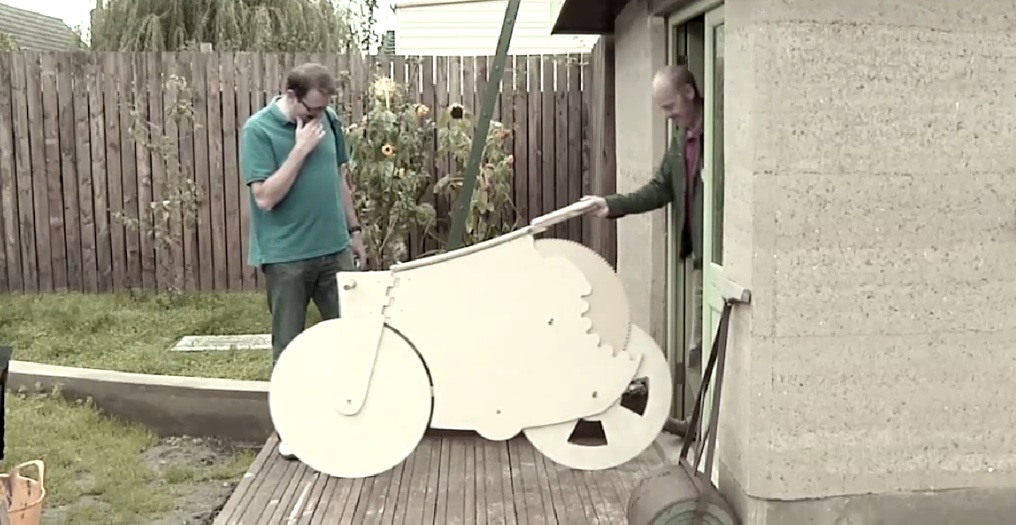
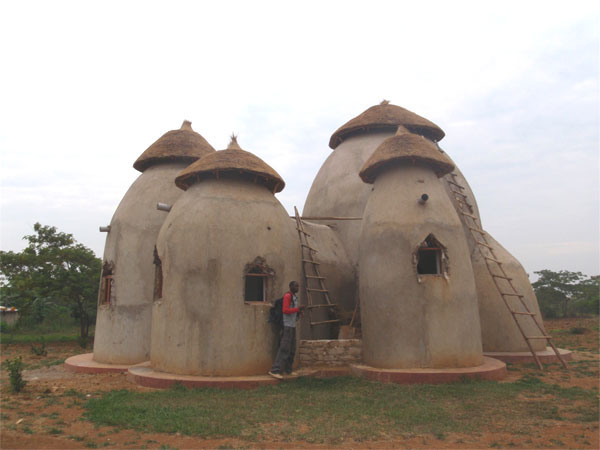
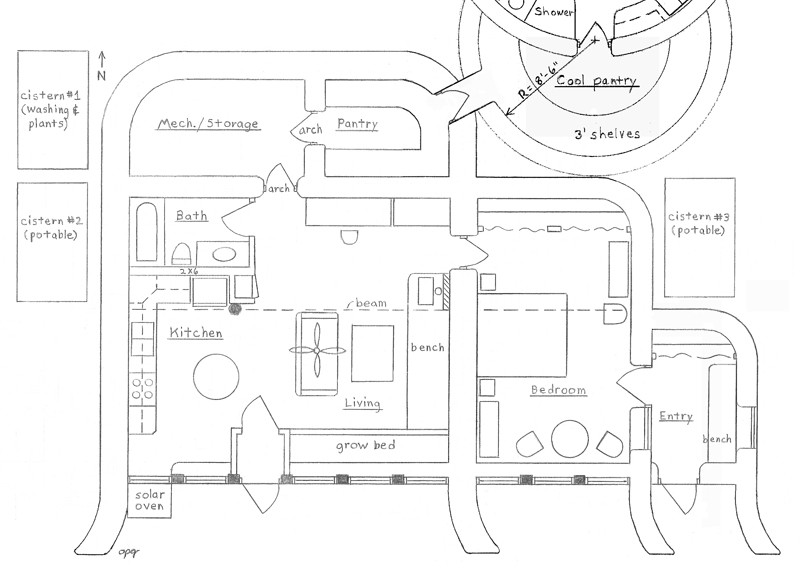
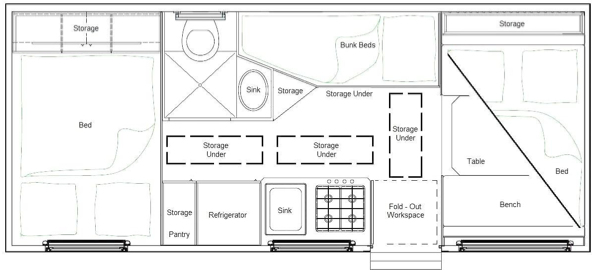
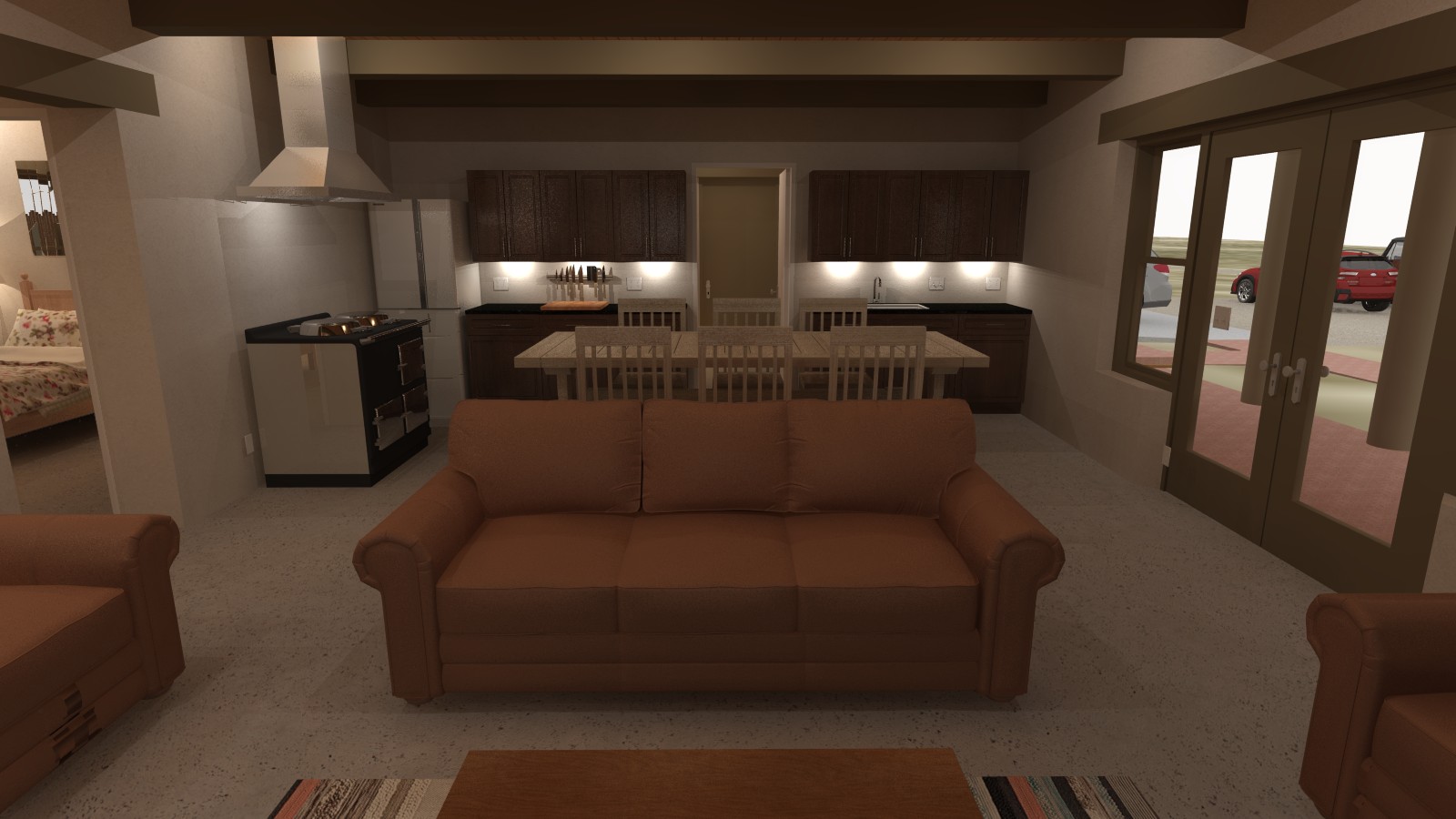
Thank you 🙂